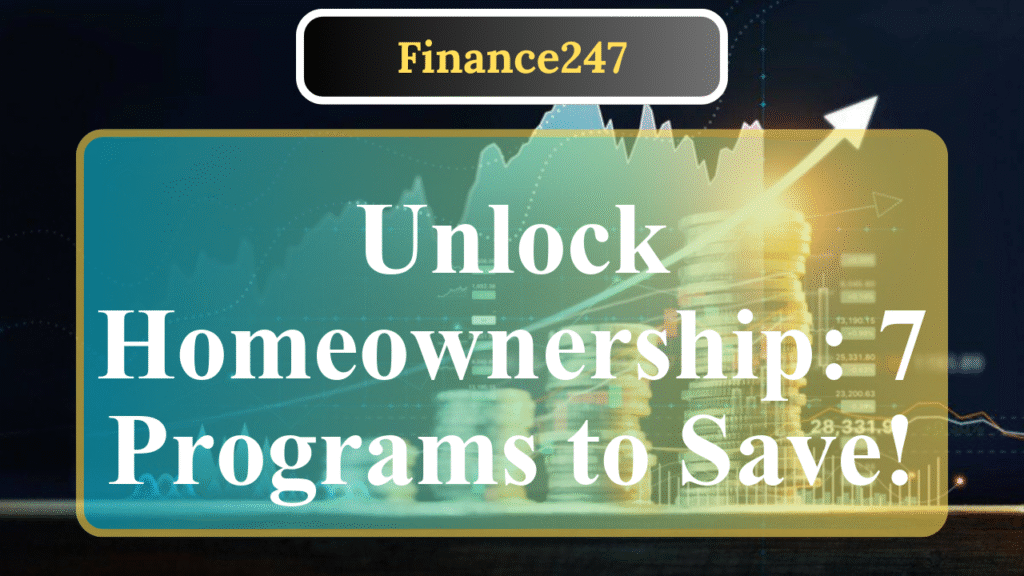Young adults face steep homebuying challenges, but down payment assistance programs can ease the burden. This article explores seven options, including grants, forgivable loans, and deferred-payment loans, tailored for first-time buyers. From state-specific programs like CalHFA’s MyHome to national initiatives like Bank of America’s grants, these resources help young adults achieve homeownership with minimal upfront costs.
Top Down Payment Assistance Options for Young Adults
1. CalHFA MyHome Assistance Program
The California Housing Finance Agency (CalHFA) offers the MyHome Assistance Program, providing first-time homebuyers with a deferred-payment junior loan of up to 3.5% of the home’s purchase price or appraised value, whichever is lower, to cover down payments or closing costs. Borrowers must complete homebuyer education and occupy the property as their primary residence. Non-occupant co-borrowers are not allowed, and income limits apply based on the area median income (AMI).
2. Bank of America’s Community Homeownership Commitment
Bank of America’s America’s Home Grant program offers up to $7,500 in lender credits for non-recurring closing costs, such as title insurance or recording fees, or to buy down the interest rate. The Down Payment Grant provides up to 3% of the purchase price (max $10,000) in select markets. These funds require no repayment, making them ideal for young adults with limited savings. Contact a Bank of America lending specialist for eligibility details.
3. New Jersey Housing and Mortgage Finance Agency (NJHMFA)
New Jersey’s NJHMFA provides first-time buyers with up to $15,000 in down payment assistance through a five-year, forgivable, zero-interest loan with no monthly payments. First-generation buyers may qualify for an additional $7,000. The loan must pair with an NJHMFA first mortgage (HFA, FHA, USDA, or VA). Household income cannot exceed program limits, and applicants should check HUD’s list for additional state programs.
4. HomeFirst Down Payment Assistance Program (NYC)
New York City’s HomeFirst program offers first-time homebuyers up to $100,000 toward down payments or closing costs for 1-4 family homes, condos, or co-ops in the five boroughs. Applicants must meet income limits (up to 80% of AMI), complete homebuyer education, and work with approved counseling agencies like Asian Americans for Equality or NHS of Queens. The program is tailored for low- to moderate-income young adults.
5. New Mexico Mortgage Finance Authority (MFA) HomeNow
The HomeNow program in New Mexico provides up to $7,000 in down payment assistance, forgivable after 10 years, for borrowers with incomes below 80% of AMI. It’s available to both first-time and repeat buyers and can be used with or without an MFA first mortgage. Young adults should contact an approved lender for terms and check HUD’s list for other state options.
6. FHA Down Payment Assistance Programs
FHA-insured loans, popular among first-time buyers, often pair with down payment assistance programs offering up to 3.5% of the purchase price as a zero-interest second mortgage. For example, the CBC Mortgage Agency provides funds that are forgiven after 36 consecutive on-time payments on the first mortgage. These programs are accessible nationwide, with eligibility varying by state and lender. Check with FHA-approved lenders for local options.
7. San Francisco Downpayment Assistance Loan Program (DALP)
San Francisco’s DALP offers up to $500,000 in down payment assistance for low- to middle-income first-time buyers purchasing market-rate properties. The silent second loan requires no monthly payments but must be repaid with shared appreciation upon sale or transfer. Household income cannot exceed 200% of AMI, and borrowers need at least 1% of the purchase price from their own funds. Homebuyer education is mandatory.
Disclaimer: Information is sourced from government websites, financial institutions, and industry reports. Verify eligibility and terms with program administrators or lenders, as requirements may vary. Consult a financial advisor for personalized advice.


